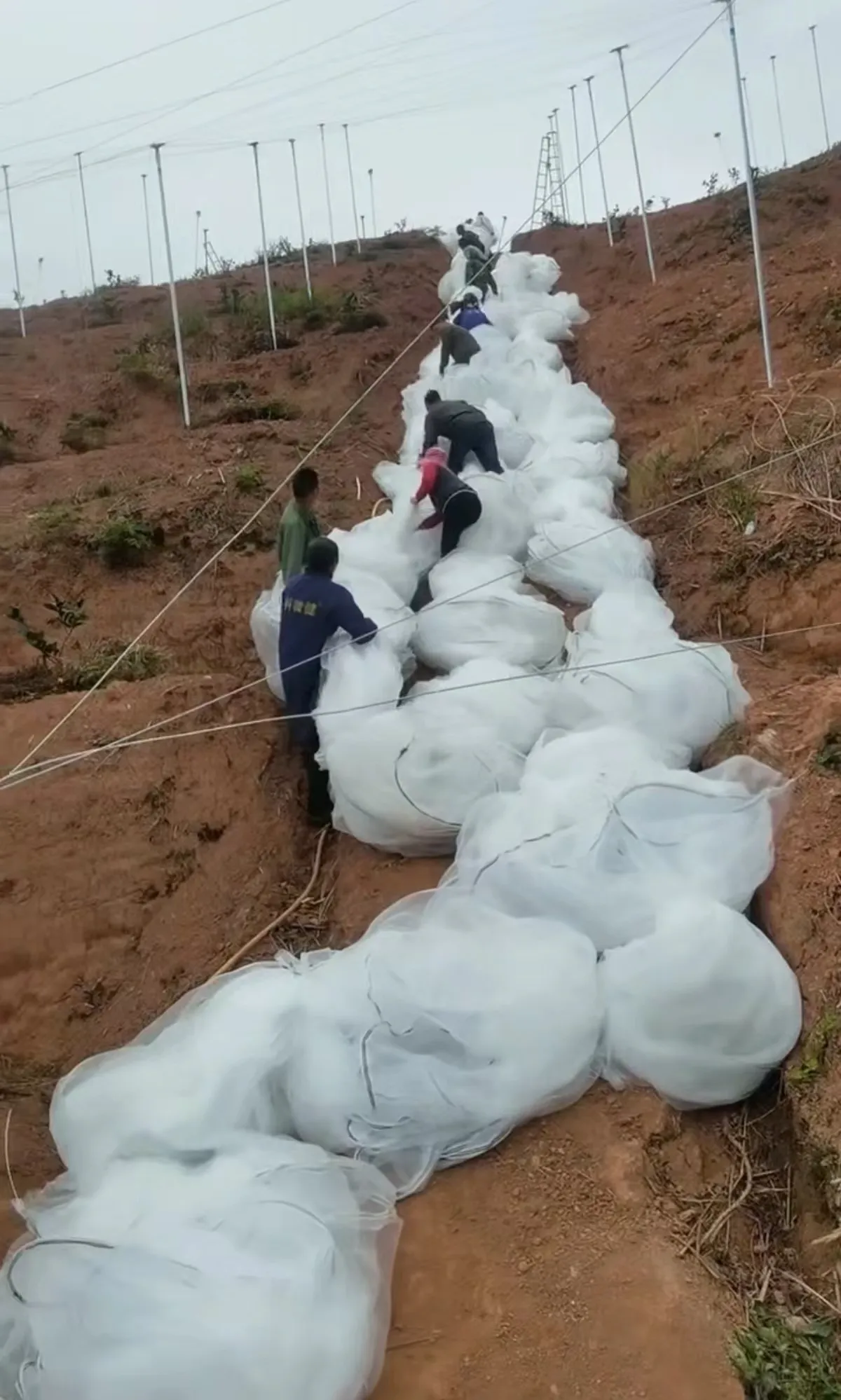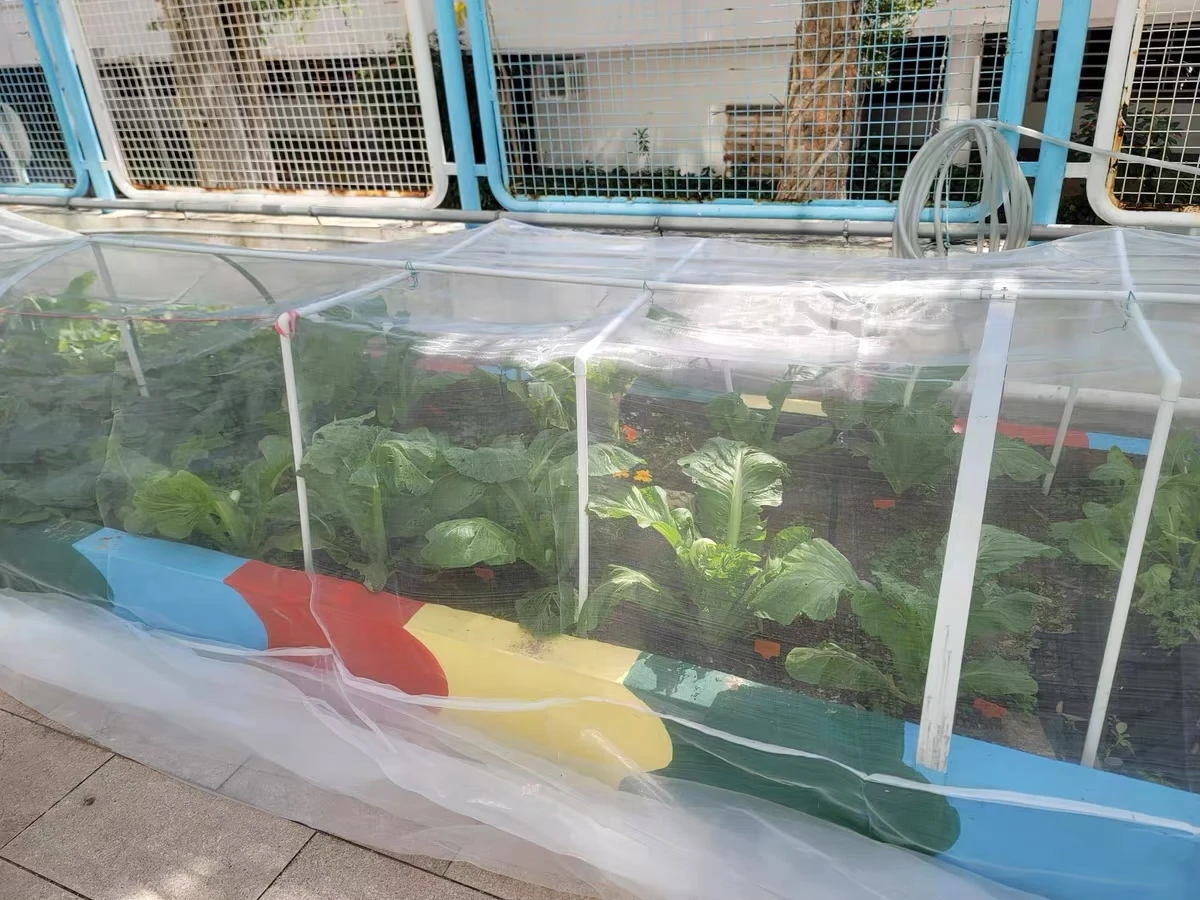-
 Afrikaans
Afrikaans -
 Albanian
Albanian -
 Amharic
Amharic -
 Arabic
Arabic -
 Armenian
Armenian -
 Azerbaijani
Azerbaijani -
 Basque
Basque -
 Belarusian
Belarusian -
 Bengali
Bengali -
 Bosnian
Bosnian -
 Bulgarian
Bulgarian -
 Catalan
Catalan -
 Cebuano
Cebuano -
 China
China -
 Corsican
Corsican -
 Croatian
Croatian -
 Czech
Czech -
 Danish
Danish -
 Dutch
Dutch -
 English
English -
 Esperanto
Esperanto -
 Estonian
Estonian -
 Finnish
Finnish -
 French
French -
 Frisian
Frisian -
 Galician
Galician -
 Georgian
Georgian -
 German
German -
 Greek
Greek -
 Gujarati
Gujarati -
 Haitian Creole
Haitian Creole -
 hausa
hausa -
 hawaiian
hawaiian -
 Hebrew
Hebrew -
 Hindi
Hindi -
 Miao
Miao -
 Hungarian
Hungarian -
 Icelandic
Icelandic -
 igbo
igbo -
 Indonesian
Indonesian -
 irish
irish -
 Italian
Italian -
 Japanese
Japanese -
 Javanese
Javanese -
 Kannada
Kannada -
 kazakh
kazakh -
 Khmer
Khmer -
 Rwandese
Rwandese -
 Korean
Korean -
 Kurdish
Kurdish -
 Kyrgyz
Kyrgyz -
 Lao
Lao -
 Latin
Latin -
 Latvian
Latvian -
 Lithuanian
Lithuanian -
 Luxembourgish
Luxembourgish -
 Macedonian
Macedonian -
 Malgashi
Malgashi -
 Malay
Malay -
 Malayalam
Malayalam -
 Maltese
Maltese -
 Maori
Maori -
 Marathi
Marathi -
 Mongolian
Mongolian -
 Myanmar
Myanmar -
 Nepali
Nepali -
 Norwegian
Norwegian -
 Norwegian
Norwegian -
 Occitan
Occitan -
 Pashto
Pashto -
 Persian
Persian -
 Polish
Polish -
 Portuguese
Portuguese -
 Punjabi
Punjabi -
 Romanian
Romanian -
 Russian
Russian -
 Samoan
Samoan -
 Scottish Gaelic
Scottish Gaelic -
 Serbian
Serbian -
 Sesotho
Sesotho -
 Shona
Shona -
 Sindhi
Sindhi -
 Sinhala
Sinhala -
 Slovak
Slovak -
 Slovenian
Slovenian -
 Somali
Somali -
 Spanish
Spanish -
 Sundanese
Sundanese -
 Swahili
Swahili -
 Swedish
Swedish -
 Tagalog
Tagalog -
 Tajik
Tajik -
 Tamil
Tamil -
 Tatar
Tatar -
 Telugu
Telugu -
 Thai
Thai -
 Turkish
Turkish -
 Turkmen
Turkmen -
 Ukrainian
Ukrainian -
 Urdu
Urdu -
 Uighur
Uighur -
 Uzbek
Uzbek -
 Vietnamese
Vietnamese -
 Welsh
Welsh -
 Bantu
Bantu -
 Yiddish
Yiddish -
 Yoruba
Yoruba -
 Zulu
Zulu
Jan . 13, 2025 12:09
Back to list
insect cage mesh
Insect cage mesh is a critical component in agriculture, horticulture, and research applications, providing a seamless blend of protection and permeability. This versatile material helps safeguard crops and research specimens from pest infestations while allowing air and light to permeate through, ensuring optimal growth conditions. As an asset to any serious gardener, farmer, or researcher, choosing the right insect cage mesh involves understanding key factors that influence its effectiveness and longevity.
Trustworthiness is paramount, especially for those producing certified organic products. Insect cage mesh must meet specific regulatory standards to ensure it does not compromise organic integrity. Partnering with reputable suppliers who guarantee compliance with these standards enhances trust among consumers and certifying bodies. Transparency about the mesh's provenance and its adherence to organic standards strengthens your brand's credibility and customer loyalty. When implementing insect cage mesh, consider ease of installation and maintenance. Products that offer simplicity in setup without sacrificing effectiveness streamline operations and reduce labor costs. Some companies offer pre-assembled cages or user-friendly kits, facilitating quick deployment across extensive fields or smaller garden plots. Incorporating insect cage mesh into your operation can transform pest management strategies, supporting healthier plants and higher yields. By leveraging experience, expertise, and a commitment to quality and sustainability, you underline your role as a leader in the industry. Selectively sourcing and effectively applying insect cage mesh delivers tangible benefits, from protecting your crops to enhancing your brand reputation in the marketplace. The judicious employment of insect cage mesh is not merely a defensive tactic but an integral component of a proactive agricultural strategy. Its capacity to adapt to diverse environments and pests exemplifies how this practical tool can elevate agricultural practice across different sectors.


Trustworthiness is paramount, especially for those producing certified organic products. Insect cage mesh must meet specific regulatory standards to ensure it does not compromise organic integrity. Partnering with reputable suppliers who guarantee compliance with these standards enhances trust among consumers and certifying bodies. Transparency about the mesh's provenance and its adherence to organic standards strengthens your brand's credibility and customer loyalty. When implementing insect cage mesh, consider ease of installation and maintenance. Products that offer simplicity in setup without sacrificing effectiveness streamline operations and reduce labor costs. Some companies offer pre-assembled cages or user-friendly kits, facilitating quick deployment across extensive fields or smaller garden plots. Incorporating insect cage mesh into your operation can transform pest management strategies, supporting healthier plants and higher yields. By leveraging experience, expertise, and a commitment to quality and sustainability, you underline your role as a leader in the industry. Selectively sourcing and effectively applying insect cage mesh delivers tangible benefits, from protecting your crops to enhancing your brand reputation in the marketplace. The judicious employment of insect cage mesh is not merely a defensive tactic but an integral component of a proactive agricultural strategy. Its capacity to adapt to diverse environments and pests exemplifies how this practical tool can elevate agricultural practice across different sectors.
Next:
Latest news
-
Shipping Plastic Bags for Every NeedNewsJul.24,2025
-
Safety Netting: Your Shield in ConstructionNewsJul.24,2025
-
Plastic Mesh Netting for Everyday UseNewsJul.24,2025
-
Nylon Netting for Every UseNewsJul.24,2025
-
Mesh Breeder Box for Fish TanksNewsJul.24,2025
-
Expanded Steel Mesh Offers Durable VersatilityNewsJul.24,2025











